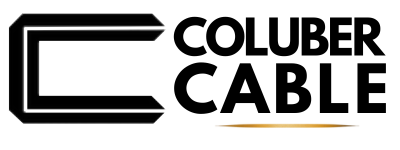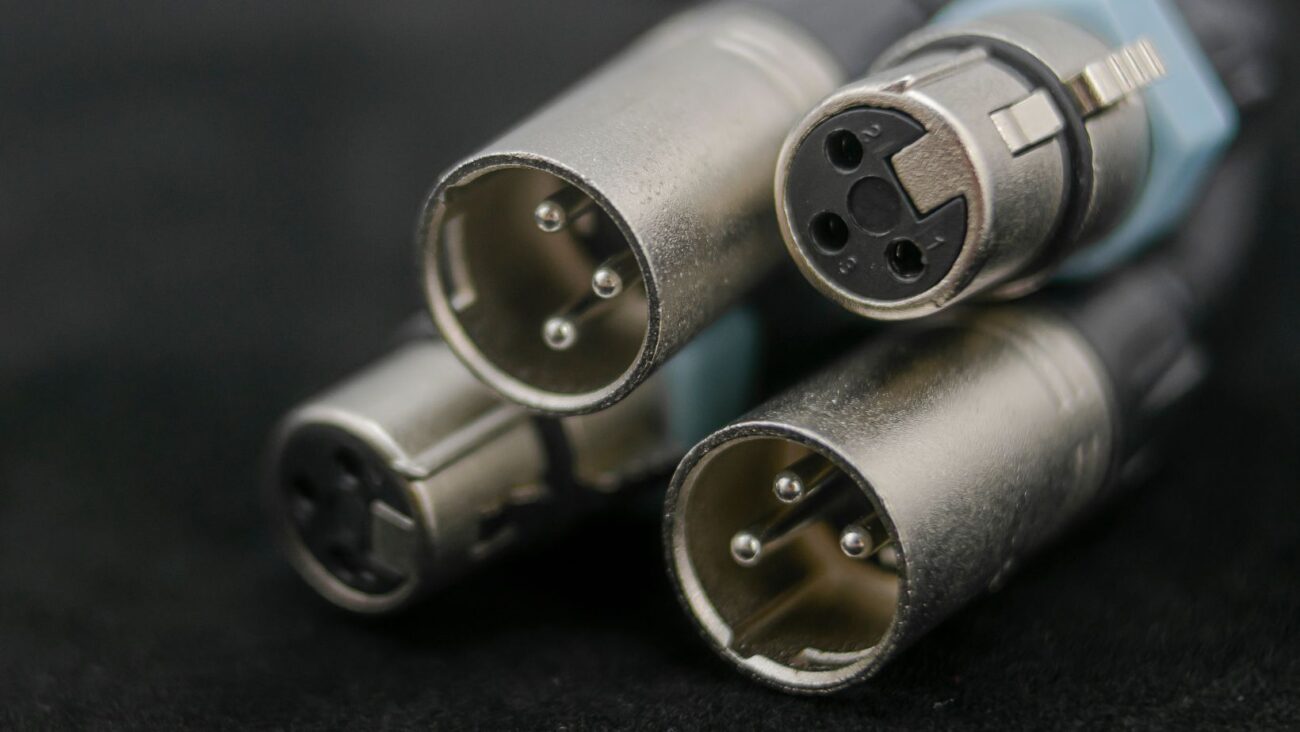Audio Cable Jargon: A Beginner’s Practical Guide

Setting up your audio system can be a bit confusing, especially when faced with unfamiliar terms related to audio cables. In this guide, we’ll simplify the language surrounding audio cables, making it easier for beginners to understand and choose the right cables for their needs.
Grasping the Basics
**1. Conductors: Definition: Conductors are materials that carry the audio signal. Copper and silver are common conductor materials.
Key Point: Copper is known for its conductivity, while silver offers superior conductivity at a higher cost.
**2. Insulation: Definition: Insulation is the material that surrounds and protects the conductors. PVC, Teflon, and polyethylene are commonly used insulation materials.
Key Point: Insulation affects the cable’s flexibility, durability, and resistance to interference.
**3. Shielding: Definition: Shielding is a protective layer that guards the cable against external interference like electromagnetic or radio frequency interference (EMI/RFI).
Key Point: Shielding is crucial for maintaining signal integrity, especially in areas with electronic interference.
Unraveling Connector Types
**4. RCA Connectors: Definition: RCA connectors are commonly used for analog audio connections, especially in home theater systems.
Key Point: Recognizable by their red and white connectors, RCA cables are versatile and suitable for various audio setups.
**5. XLR Connectors: Definition: XLR connectors, with three pins, are often used in professional audio setups for balanced signals.
Key Point: Ideal for long cable runs and environments where interference is a concern.
**6. TRS and TS Connectors: Definition: TRS (Tip-Ring-Sleeve) and TS (Tip-Sleeve) connectors are found on headphone and instrument cables.
Key Point: TRS connectors support stereo signals, while TS connectors are used for mono applications.
Dispelling Common Myths
**7. Oxygen-Free Copper (OFC): Myth: Oxygen-free copper cables significantly improve audio quality. Reality: While OFC can reduce oxidation over time, its impact on audio quality is often negligible in short cable runs.
**8. Cable Thickness: Myth: Thicker cables always provide better sound quality. Reality: The appropriate cable thickness depends on the application and length of the cable run; thicker is not always better.
Practical Tips for Cable Selection
**9. Matching Cables to Your Setup: Tip: Consider your audio components, cable length, and the environment when selecting cables.
Key Point: Different setups may require specific cable types for optimal performance.
**10. DIY Cable Terminations: Tip: Crafting your own cables can be rewarding. However, precision is key when soldering connectors for a reliable connection.
Key Point: DIY cables can be a fun project, but attention to detail is crucial.
Conclusion
Armed with this practical guide, you’re better prepared to navigate the world of audio cables. Remember, the best cable for your setup depends on your unique preferences, equipment, and listening environment. Feel free to experiment and find the combination that suits your audio needs. Happy listening!
Ready to Upgrade Your Audio Experience? Explore Custom Cables at ColuberCable.com!
Whether you’re a seasoned audiophile or just starting to build your audio setup, Coluber Cable has you covered. Visit our website at www.colubercable.com to discover a world of custom audio cables designed to enhance your listening experience.
At Coluber Cable, we understand that each audio setup is unique. That’s why we offer a range of customizable options to suit your specific needs. From premium materials to precision engineering, our cables are crafted with passion and expertise.








